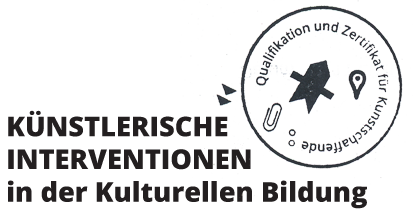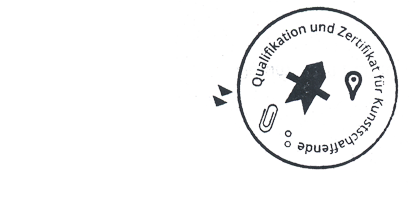


Which topic turns up again and again in your artistic activities?
One topic I have dealt with over the last few years has been linking up places to live, dancing and performing. In my project “An der Kreuzung” (at the crossroads) in Brunswick in 2016, together with people living and working at a crossroads, I turned the crossroads into a performance venue, realising, for example, artistic interventions, video products and dancing in an organic food shop, in residential houses and in church towers. During my scholarship in Meinersen, I even asked the entire village community to join in. Realising performances with people in a previously arranged social field in which I interact as an artist is also a central element of my current work in the Flying Classroom at the Limes School in Idstein.
What do you seek to achieve with your arts education activities?
I am interested in developing openness among people from different social areas towards dancing, bodywork and artistic work. I am convinced that dancing brings people together as a language they have in common, that it opens them up for each other, helping them to eliminate prejudice and become more sensitive in handling themselves and others. There is something very peaceful about dancing, and it creates free spaces in people’s heads and in their togetherness. In my work, I experience again and again that there are immense potentials for personality development which are hidden in dancing practice. I want to make these free spaces accessible for people by encouraging them to engage in their own artistic activities.
What, in your view, is the essence of an artistic intervention in arts education?
An intervention triggers change processes, enables participation, adoption, self-reflexion. It may have been planned long beforehand or can be spontaneously improvised. It inspires and encourages dialogue, creates enthusiasm and insights. It demands trusting in an inwardly and outwardly focused dialogue. It can be a surprising dance in the playground or a major performance project planned longer beforehand and involving many participants who bring along their own topics or are confronted with new topics. The intervention allows people to think and do something different from what the daily routine, for example in an institution, would otherwise demand – while simultaneously showing the latter respect and appreciation.